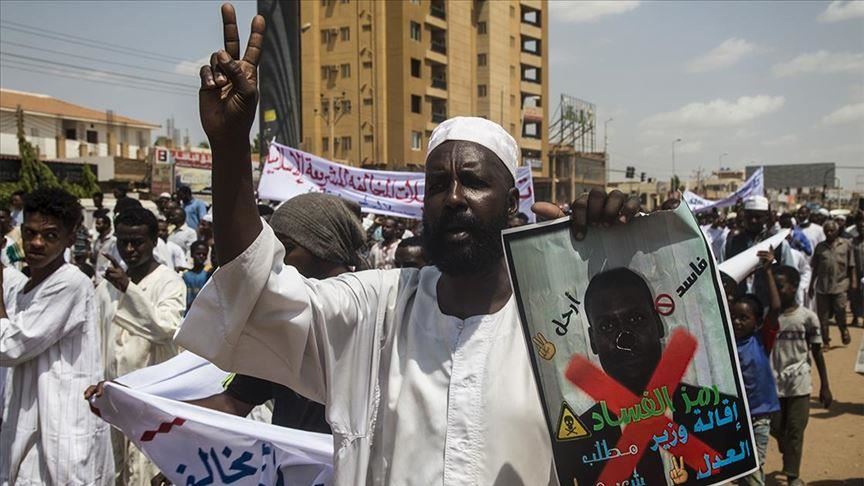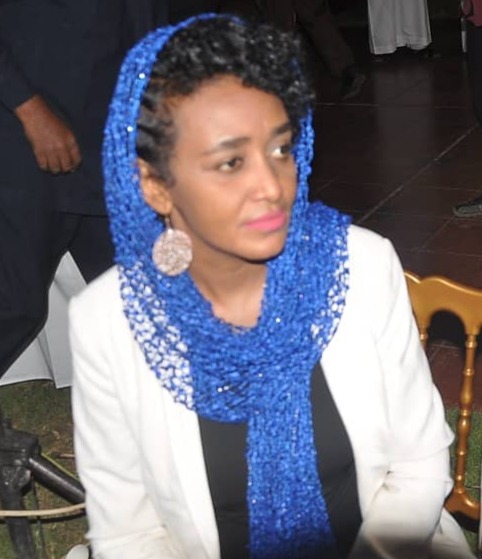
Sudan’s SAF chief Abdel Fattah al-Burhan has retired a new tranche of officers, many seen as close to the Islamic Movement. Supporters frame the move as reform; SAF loyalists call it a betrayal of veterans. The more consequential question is whether the retirements touch the security–intelligence ecosystem that, critics and former officials say, has anchored Islamist leverage for three decades.
The Islamic Movement’s network—often dubbed “Kiizan,” a colloquial term for Islamist cadres and their enablers—was built in the 1990s to outlast cabinet reshuffles and uniform changes. Opponents describe a partisan apparatus that places loyalists across the state, controls internal surveillance, steers procurement and arms flows, manufactures media campaigns, and nurtures foreign channels. They argue it now has deep reach into the Port Sudan junta and key embassies, regardless of SAF rotations.
On that reading, officer lists are a surface event. They can signal intent, but they don’t, by themselves, rewire who runs intelligence files, green-lights budgets, or commands informant and propaganda networks. Individuals are replaceable; missions and money-lines endure unless statutes, mandates, and oversight change.
Structural change would mean overhauling leadership and charters in intelligence and internal security, with published mandates that curb political policing; rolling back emergency powers used for detention, censorship and asset seizure; shifting opaque security funds into audited civilian budget lines; pursuing accountability beyond headline figures to mid-tier operators in media, liaison and procurement; creating friction with external enablers by disrupting procurement and liaison channels; and installing independent oversight with full file access and the power to veto appointments.
If the purge is merely cosmetic, the risks include factional blowback and coup rumors within pro-SAF circles; a surge of disinformation as planted “coup” and smear narratives flood the space; and capacity gaps if rapid personnel churn isn’t matched by vetted, professional replacements.
Over the next six to twelve months, the base case is a cosmetic reset: officer rotations that feed a news cycle while leaving the security apparatus untouched. A middle scenario would modestly curb political policing and add transparency without degrading core capabilities. The least likely—but most consequential—path is full dismantling: refounding the services in law, vetting staffing, auditing financing, and severing external pipelines.
Bottom line: Don’t mistake retirements for reform. Until there are verifiable, auditable changes to the security-intelligence complex’s mandate, money, and manpower, assume continuity—not transition. Power will remain in the shadows, beyond promotion lists, and the public is being sold theater, not change.




